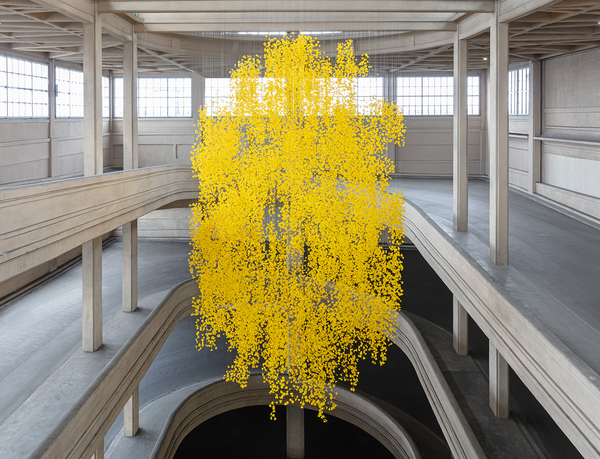News
Shirley Tse To Represent Hong Kong At Venice Biennale In 2019
On June 14, M+ Museum and the Hong Kong Arts Development Council (HKADC) announced that Shirley Tse will represent Hong Kong in the 58th Venice Biennale, slated to open on May 11, 2019. Tse will present new, site-specific works in a solo exhibition curated by Christina Li and co-organized by M+ and the HKADC.
Born in Hong Kong, Los Angeles-based artist Shirley Tse has gained international renown for her installations that incorporate elements of sculpture, text, photography and video. For the past decade, she has been exploring the notion of plasticity in contemporary society, an interest that is reflected in her sculptural works. Active since the 1990s, her works have been shown at exhibitions and galleries worldwide, including MoMA PS1 in 2002; the inaugural exhibition at K11, Hong Kong, in 2009; and, most recently, her 2016 solo exhibition “Lift Me Up So I Can See Better” at the Shoshana Wayne Gallery in Santa Monica, California. She also participated in the Biennale of Sydney in 2002. She received a City of Los Angeles Individual Artist Fellowship and was named a Guggenheim Fellow in 2009, and awarded the California Community Foundation Fellowship for Visual Artists in 2012.
Based between Hong Kong and Amsterdam, Christina Li previously served as the curator-at-large of Hong Kong non-profit art organization Spring Workshop, where she was also director from 2015 to 2017. She recently curated “Dismantling the Scaffold” (2018), the inaugural exhibition of the newly opened Tai Kwun Contemporary in Hong Kong.
M+ and the HKADC have collaborated on the Hong Kong presentation at the Venice Biennale’s three previous editions, organizing the solo exhibitions of Lee Kit in 2013, Tsang Kin-Wah in 2015, and Samson Young in 2017.
After the closing of the 2019 Venice Biennale, Hong Kong art-goers can anticipate the resurfacing of Tse's exhibition at the M+ Pavilion in the first quarter of 2020.
Phoebe Tam is an editorial intern of ArtAsiaPacific.
To read more of ArtAsiaPacific’s articles, visit our Digital Library.







